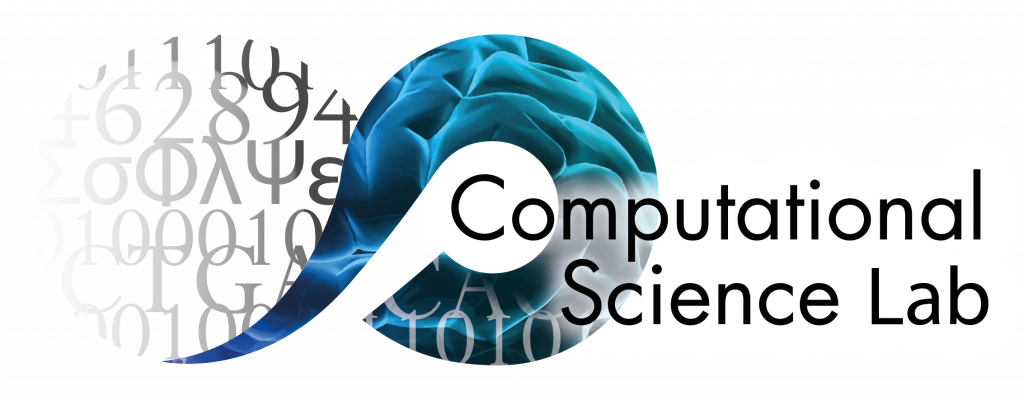The University of Amsterdam will receive a 4-CPU vector supercomputer (SX-8) from NEC to stimulate computational research and education at the UvA.
This machine will be specifically used for computer simulations to improve our understanding of two major diseases: Cardiovascular diseases and HIV.
The Computational Science research group at UvA uses such supercomputing power to simulate complex biomedical systems. Dr. Alfons Hoekstra is leading the EU funded COAST project, in which an international consortium has developed computer models for in-stent restenosis (http://www.complex-automata.org/). Stenosed (occluded) coronary arteries are usually treated by balloon angioplasty, after which a stent (a small metal mesh) is placed to prevent the artery from collapsing. After this stenting new arterial tissue may be formed, that can again result in partial occlusion of the artery. This in-stent restenosis is a severe post-treatment complication. In collaboration with cardiologists and biologists at the University of Sheffield (UK) a computer model was developed, with the aim to better understand why this re-stenosis appears, why and how it stops, and which physical and biological processes are most important. In collaboration with other partners in the COAST project (University of Geneva, Technical University Braunschweig, NEC Europe) specialized software was developed for simulations of in-stent restenosis. This so-called multiscale simulation library allows, among other, to run the most computer intensive parts of the restenosis simulations on the NEC SX8. In the recently started MeDDiCa project Dr. Hoekstra and his team plan to further research instent restensosis and related processes. The SX8 will play a pivotal role in this research.
The EU funded Virolab project, lead by Prof. Peter Sloot, has developed a virtual laboratory that provides an expert system for HIV medication (www.virolab.org). Based on clinical data from individual patients, in combination with expert knowledge available in the open scientific literature, Virolab gives personalized advice to medical doctors on the most optimal combination of HIV medications. Behind the scenes, this expert system requires input from large scale simulations that compute binding affinities between drugs and the HIV virus, the immune response and the transmission of drug resistant mutations in sexual networks. The NEC SX8 will play a crucial role in such computations.
Other projects at the Computational Science Research group that fall outside the biomedical domain will also benefit from the SX8. One project is related to monitoring dikes and early warning systems in case of potential problems. If sensors in the dikes observe abnormalities, supercomputing power will be deployed for detailed computations that should help the water boards decide what to do. In the URBANFLOOD project the Computational Science research group will develop a virtual dike model, and simulate it on the SX8. This highly detailed model will be used to calibrate the URBAN FLOOD early warning system, and to analyse in detail alert situations as they may appear in reality.
Prof. Peter Sloot, director from the Institute for Informatics of UvA, and Dr. Guy Lonsdale from NEC Laboratories Europe, NEC Europe Ltd signed an agreement on December 1, 2009. The SX8 will be installed at the UvA in the second week of December, and is expected to be operational from the latter half of December.
More Information
Dr. Alfons G. Hoekstra, a.g.hoekstra@uva.nl (020-5257543)
Prof. Dr. Peter Sloot, p.m.a.sloot@uva.nl (020-5257461)
